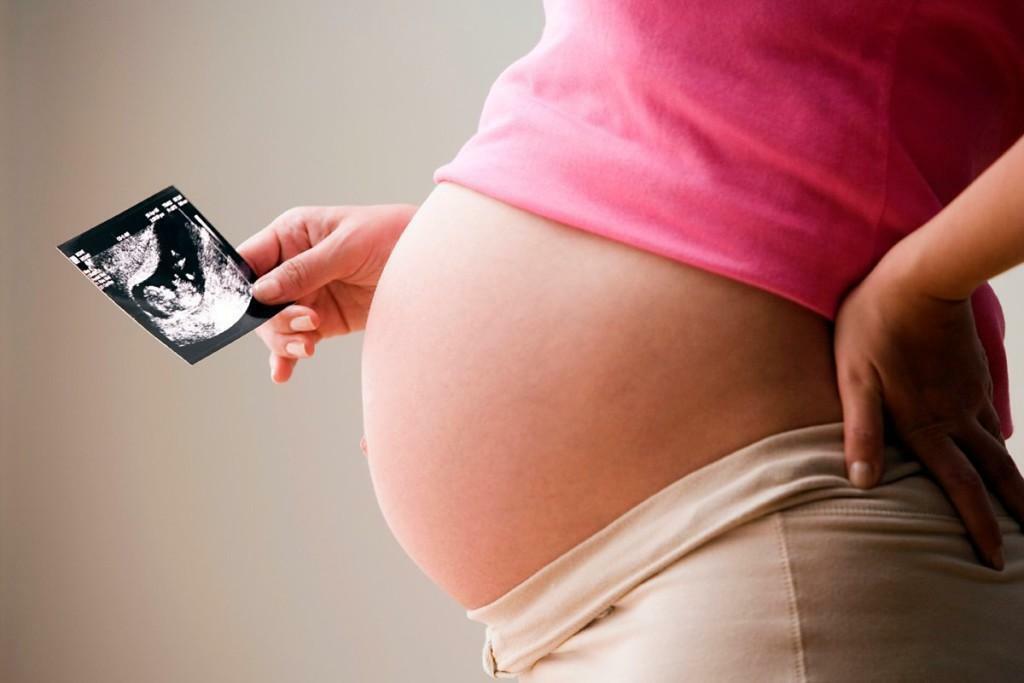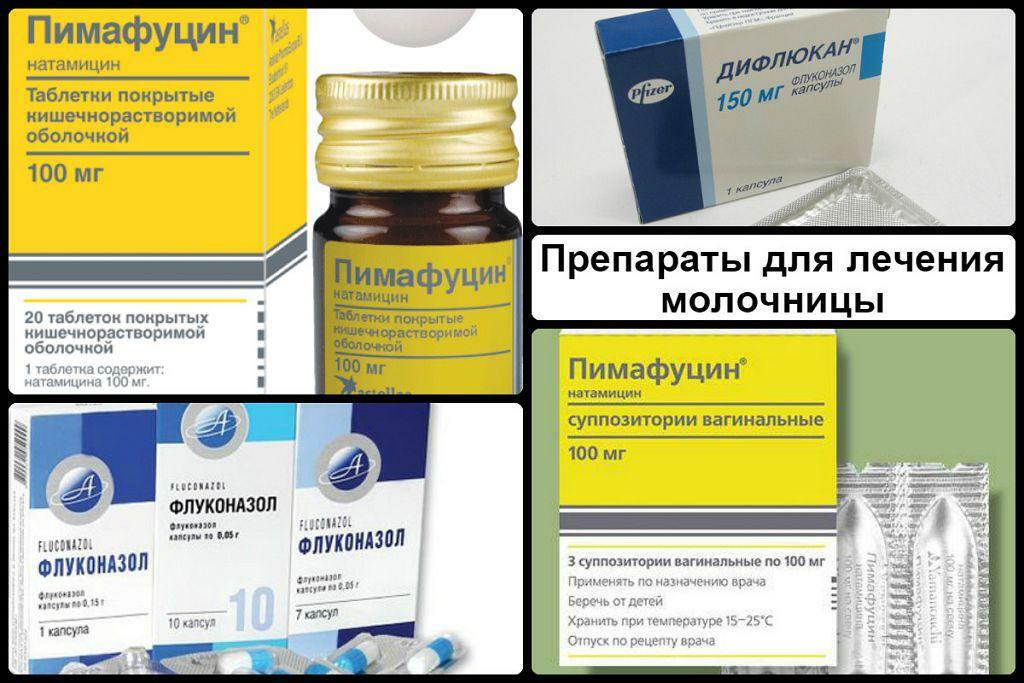Influenza - acute respiratory viral infection caused by viruses of group A, B or C, flowing with severe toxemia, fever, lesions of the upper and lower respiratory tract.
Flu often gives complications, including death, causing an epidemic.
types of flu
There are three groups of the virus:
- A group with multiple strains. Has severe, a high percentage of complications severely mutated.
- Group B - proceeds relatively non-severe, rarely gives complications strongly mutating.
- Group C - relatively mild, almost does not mutate, it occurs mostly in children.
The causes and mechanism of development
The influenza virus belongs to a group of SARS, it is similar to their distribution, seasonality and the current, but has a more pronounced clinical manifestations, course and outcome.
Flu epidemic-prone. The source of infection - the sick people in the incubation period and height. Infection occurs by droplets from infection to clinical manifestations extends from 6 hours to 2 days. Virus penetrates through the mucous membranes of the eyes, the respiratory tract. Less commonly, infection occurs through general hygiene items and utensils.
flu-like symptoms
Start with a sharp acute influenza malaise, fever up to high numbers, sometimes up to 39-40 ° C. In the beginning also noted a strong fever, intoxication, catarrhal phenomena (redness, sore throat).
There is a severe headache, with locations in the forehead and nose, enhanced by eye movement. There is a severe weakness, muscle aches, back pain and joint pain, impaired appetite with nausea. Fever persists do3-5 days.
Also, there are a runny nose and sore throat, dry and scratchy, dry cough without phlegm, cramps in the eyes, they are red, watery eyes, hoarseness and nasal ears.
Also hemorrhagic manifestations may occur with severe flu - vasodilation on the sclera, small hemorrhage, epistaxis, facial redness on the background of the general paleness, skin hemorrhages in the form of small points.
In severe cases, there are a fever of 40 ° C, severe headache with vomiting, shortness of noisy breathing, unconsciousness and delirium, impaired consciousness, seizures, haemorrhagic skin rash.
Especially hard flu occurs in children during the first two years, debilitated patients, pregnant women and the elderly.
Diagnostics
The basis of diagnosis of flu - a typical clinic with an indication of the epidemic data. Confirms the diagnosis of influenza smear-imprint with nose and throat with the release of the virus strain. During the influenza epidemic, the diagnosis is based on clinical data.
treatment of influenza
General principles of treatment of influenza are similar to treatment SARSBut in place with the reception shown antivirals - rimantadine, oseltamivir, amantadine, zanamivir.
Stay in bed, antipyretic drugs, excessive drinking, diet, interferon drugs, symptomatic therapy is indicated.
In severe cases, it shows a specific anti-immunoglobulin.
- Amantadine and rimantadine are effective only against influenza A virus, provided the start of treatment in the first 48 hours after the first signs of the disease. Drugs cause shortening the febrile period, easing flu symptoms. In recent years, the flu pathogen resistance to rimantadine.
- Tamiflu has proven itself as a highly effective and safe drug. In clinical studies it has shown that the drug penetrates well into the main foci of infection, including lungs, middle ear, sinuses, is well tolerated by both children and adults of all ages groups. The efficacy of Tamiflu is largely dependent on the timing of receiving it - at the beginning of the treatment in the first 12 hours after the onset of fever, the average duration of flu is reduced by 3 days compared to later started therapy. Early treatment also resulted in a rapid disappearance of toxicity, significant reduction of the duration of fever and flu gravity.
- Influenza immunoglobulin 0.2 ml / kg (for the treatment and prevention of influenza in infants).
- Topical decongestants to relieve nasal congestion. Naphazoline - adults 1-3 drops of 0.05% solution in each nostril every 4-6 hours. or xylometazoline into each nostril 1-3 drops of 0.1% solution 1-3 p. / day. (Adult) or 1 drop of 0.1% solution 1 p. / Day. (Children from 2 to 12 years).
- Vitamins (ascorbic acid, Rutoside).
In uncomplicated cases, comes a full recovery. Flu complications can lead to death.
Vaccination against influenza
Vaccination against influenza - it is a way to prevent infection. Shows it to everyone, especially vulnerable groups - the elderly, children, pregnant women, people of social professions.
Vaccination is carried out each year, before the start of the epidemic season, from September to October, for the formation of stable immune system at the time of the epidemic. Permanent vaccination enhances the effectiveness of protection and the production of antibodies to influenza.
There are three types of vaccines.
- Tselnovirusnye, they can be both live and inactivated (killed). Showing for the vaccination of healthy adults and people who have an inexpensive cost effective in terms of building immunity, but when administered to provide a high percentage of side effects often cause fever, malaise and headaches pain.
- Subunit vaccines - is a vaccine containing the viral particles is not complete, but only fragments of the molecule to which the immune system produces immunity to influenza. They are more expensive, but much better tolerated tselnovirusnyh. However, it is worth remembering that the virus has mutated specifics and vaccines may lose efficiency.
- Split vaccine - containing fragments of killed influenza viruses as they are unstable and mutating shell and made of solid and constant virus core. They are the most expensive, but today the most effective, provide a minimum number of side effects and have the highest efficiency.
Subunit and split vaccines can be used in children, debilitated patients and pregnant women. They are used intramuscularly or subcutaneously. Vaccination is especially effective in the period before the beginning of the epidemic, from September to early December. Subsequently vaccination is also applicable. But additionally shows the prevention of influenza rimantadine.
When administered the vaccine can be marked local (swelling and redness at the injection site) and systemic reactions (malaise, lethargy, easy temperature).
Prohibited vaccination in acute infections, exacerbation of chronic diseases and allergies to egg protein, with previous adverse reactions to vaccination.
prevention
In addition to vaccination, there is another flu prevention - this is a departure from visiting crowded places during the epidemic. It is necessary to hand washing, rinsing and regular moistening of the nasal mucosa, mouth rinse, immunostimulants and receiving high doses of vitamin C.
During epidemics important nutritious food, warm clothing for the prevention of hypothermia, regular exposure to fresh air and exercise. Needs proper rest and sleep, smoking cessation and alcohol, stress prevention.
In areas with lots of people can help to wear a mask, use or viferonovoy oxolinic ointment nasal vestibule, Grippferon instillation into the nose.
Prophylactic treatment with Arbidol, rimantadine, anaferon, oseltamivir.



